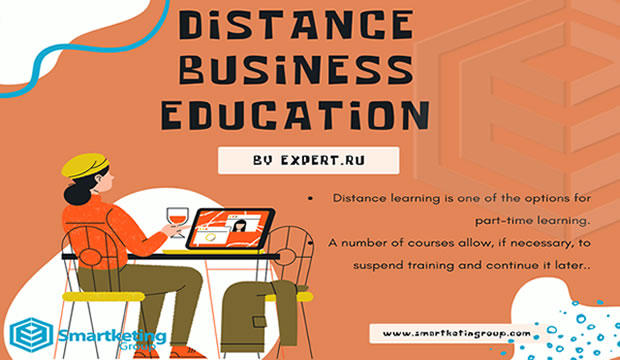Initially, the distance format was used to teach specific skills or subjects (foreign languages, computer programs), now you can also get business education remotely. However, the distance learning market (the main links are developers of information platforms, content authors and educational service providers themselves) cannot be considered mature. And most importantly, there is no stable idea about the essence of the service.
The distance format, as a rule, is identified with e-learning - exclusively electronic online learning. However, this is not entirely true, since e-learning is only one of the elements of a set of information transfer technologies.
Distance learning is more appropriate to consider in the context of the following classification of teaching methods. The first method - lecture - makes up 99% of the education system from kindergarten to graduate school. The second - through the study and discussion of cases with the omission of irrelevant details - does not involve considering the situation in all aspects. The third - when the situation is played out using various simulations and models - is considered more advanced, as it allows you to live the situation and acquire the appropriate skill. And the fourth - project - takes as a basis real tasks that need to be solved here and now.
The distance format involves learning not just on real, but on students' own projects, based on their personal experience. Traditional forms boil down to the fact that people break away from business and study in isolation for some time on cases. Right now there is a crisis, and all the cases were written before it began. And what is the use of studying them? It's like eating stale sturgeon.
The choice of format is determined by the corresponding motivation of the listener. Distance learning is one of the options for part-time learning. And if daytime training is suitable for those who can completely leave work for a year or two, and evening training for those who can free up evenings, then distance learning is aimed at those who work a lot and / or travel.
The mixed format has many advantages. The main advantage for busy people is the lack of binding to a rigid schedule and a specific place, the ability to independently select the intensity of training. A number of courses allow, if necessary, to suspend training and continue it later. On average, remote programs are 30% cheaper than face-to-face ones.
The remote format is a situation where there is no elevator, but there is a well-organized system of steps with railings, props, and supports. Everything is there, you just have to walk on your own. But can a person be a manager if he is not able to organize himself? We can say that distance education is an aptitude test.
Today, there are more and more people who are striving to study on the job, understanding the advantages of the situation when they receive not only knowledge, but also the skills to use it in practice. And in the future, we can talk about the merging of distance and traditional learning into a single format.
Source: expert.ru

